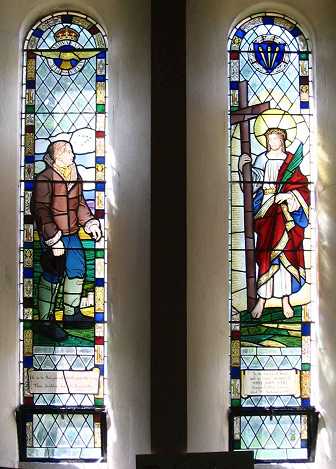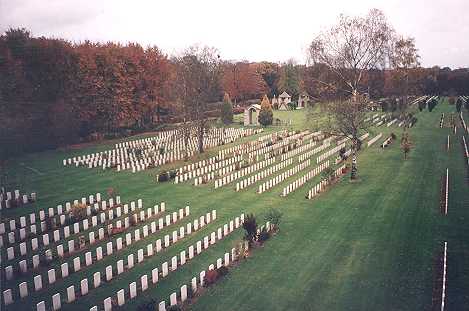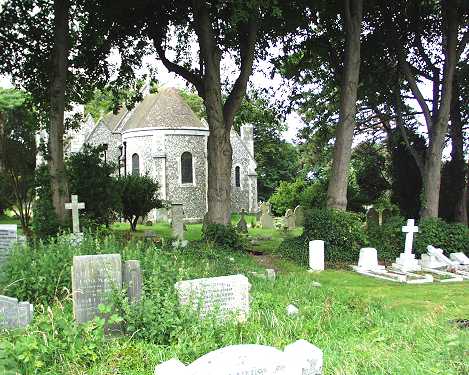|
This tale, like so many other accounts on this
website began by
chance. I was researching Sergeant
HH Adair when Mike Dobson, a contributor, told
me there was a stained glass memorial to an RAF Pilot in Christ Church who was killed during the Second World
War. It turned out that the window had no connection with Adair but was for
a Sergeant
Pilot Lake. The windows were not included in the church's
official history and no one connected with the church could remember the origins
of the memorial. I thought this was quite sad especially when you
consider the event was still within living memory. I decided to do something about it and here are the
results.
|




